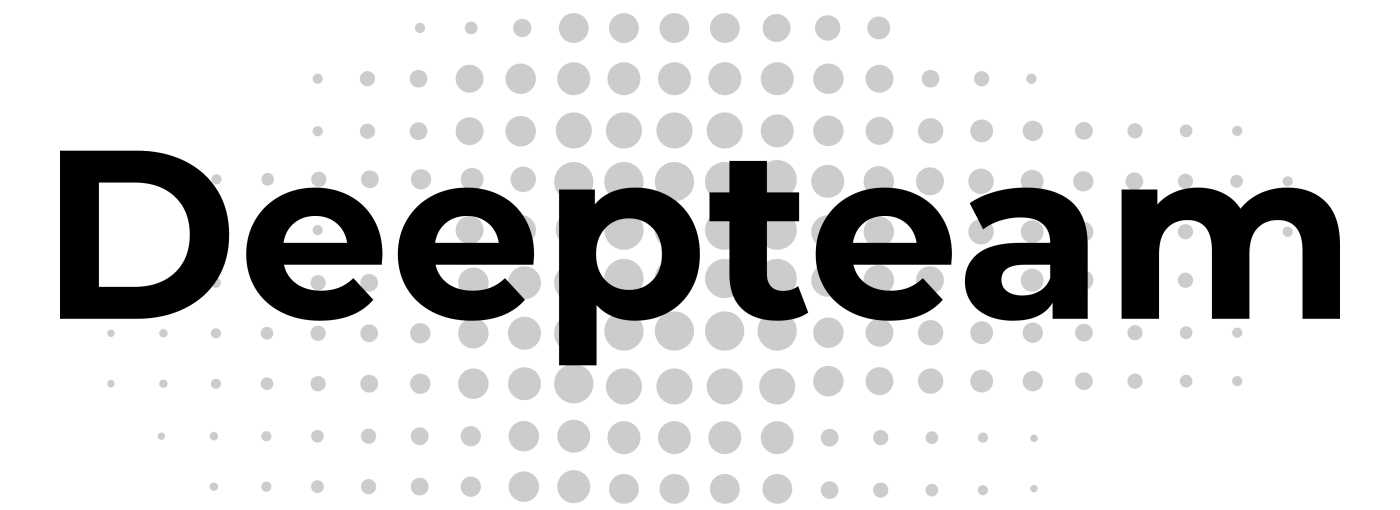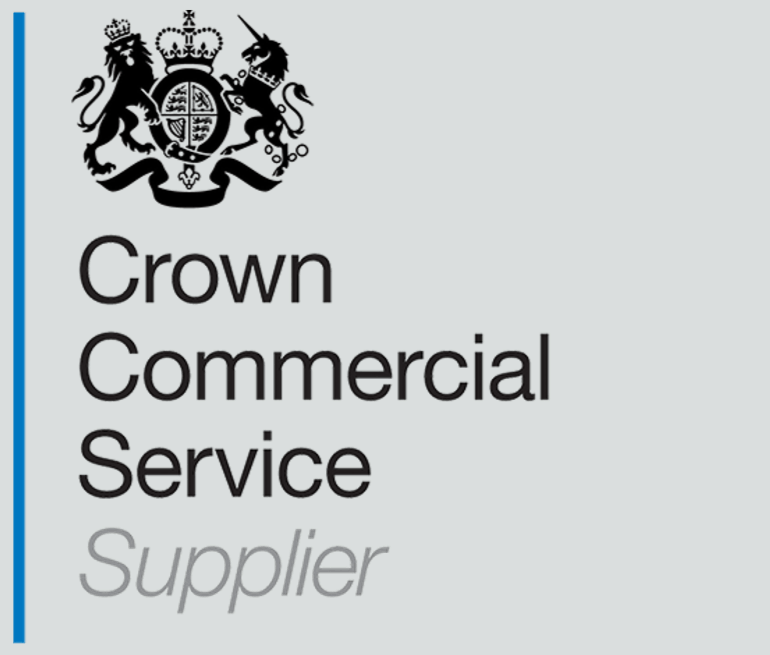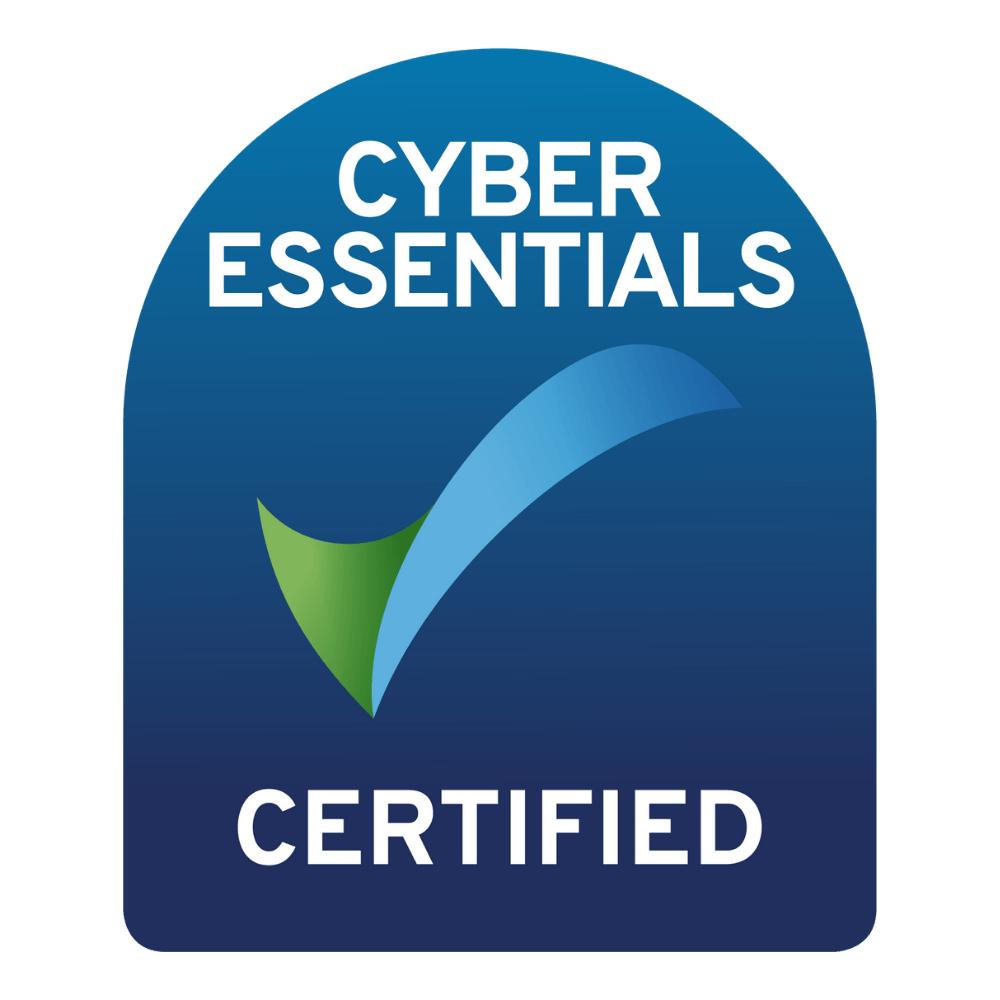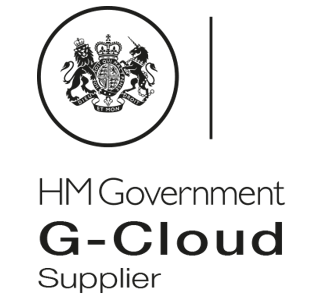Who we help?
Business Integrated Governance (BIG) can help many specific stakeholder groups, tackle pains and achieve gains:
Who's problems we solve
The CEO - loses confidence that strategic instructions are received or that progress is being made against the right priorities with the right agility.
The COO who has a large and capable organisation of talented people but can’t ‘see’ where the problems across the organisation are in making things happen and who the accountable people are that can release the bottlenecks.
Portfolio groups - become disconnected with leadership priority changes, and become frustrated with task orientated progress from projects and programmes
Projects and programmes - become frustrated using ineffective methods and tools, struggle to acquire/retain resources, and carry a painful administration overhead
Management Teams - struggle to balance Business As Usual work with project needs. Can struggle to realise benefits from changes. Inappropriate centrally imposed methods and tools.
Commercial and Finance - difficult to support parochial performance models, resource unpredicted expertise needs, support ineffective investment appraisal/outcome measurement
The CIO - faces unrealistic expense sustaining multiple data sources, integration tools and MI platforms
The PMO Director - has no enabling infrastructure in the organisation through which this has to work.
Assurance/Support functions - struggle to attain effectiveness and efficiency with disconnected parochial tools / operations and may try to force “one size fits all”
The outcomes delivered
The CEO - confidence that strategic instructions are received, and that progress is being made against the right priorities with great agility.
The COO - can ‘see’ where the problems across the organisation and is more able to balance run and change in the agreed proportions.
Portfolio groups - become connected with leadership priority changes, and focus on achievement orientated progress from projects and programmes
Projects and programmes - use effective methods and tools, have a usable protocol to acquire/retain resources, and carry a manageable administration overhead
Management Teams – more easily balance Business As Usual work with project needs. Are enabled to realise benefits from changes. Use appropriate locally determined methods and tools but fulfil corporate accountabilities.
Commercial and Finance – more commonality across project and BAU performance models mean commercial / financial support easier, predictable / forecast expertise needs, support effective investment appraisal/outcome measurement
The CIO - that wants to deliver quality for realistic expense and can see the benefits of modern tech into strategy delivery and governance
The PMO Director can realise a vision for how governance / assurance can work for their initiatives
Assurance/Support functions - attain effectiveness and efficiency with connected information from tools / operations of choice. No longer struggle to force “one size fits all” for working methods and technology
Where we focus
There are typically two parallel streams to our engagements - Operating Model and Information Model
- Stakeholder Engagement - we CAN achieve consensus on the need to do something.
- Situation, Vision and Strategy - define / plot a journey from current to future state - based on logic, constraints and priority
- Governance and Accountability – strategic decision making, providing enabling capability, change management and integrated governance scenarios
- Organisation – operating models, role design, stakeholder engagement
- Data and Technology – governance information strategy, solution definition and provision
- Transformation and Change Management – organising delivery and facilitating culture changes
Please see our Strategic Themes, Engagement and Blog pages to see how to get the ball rolling.



